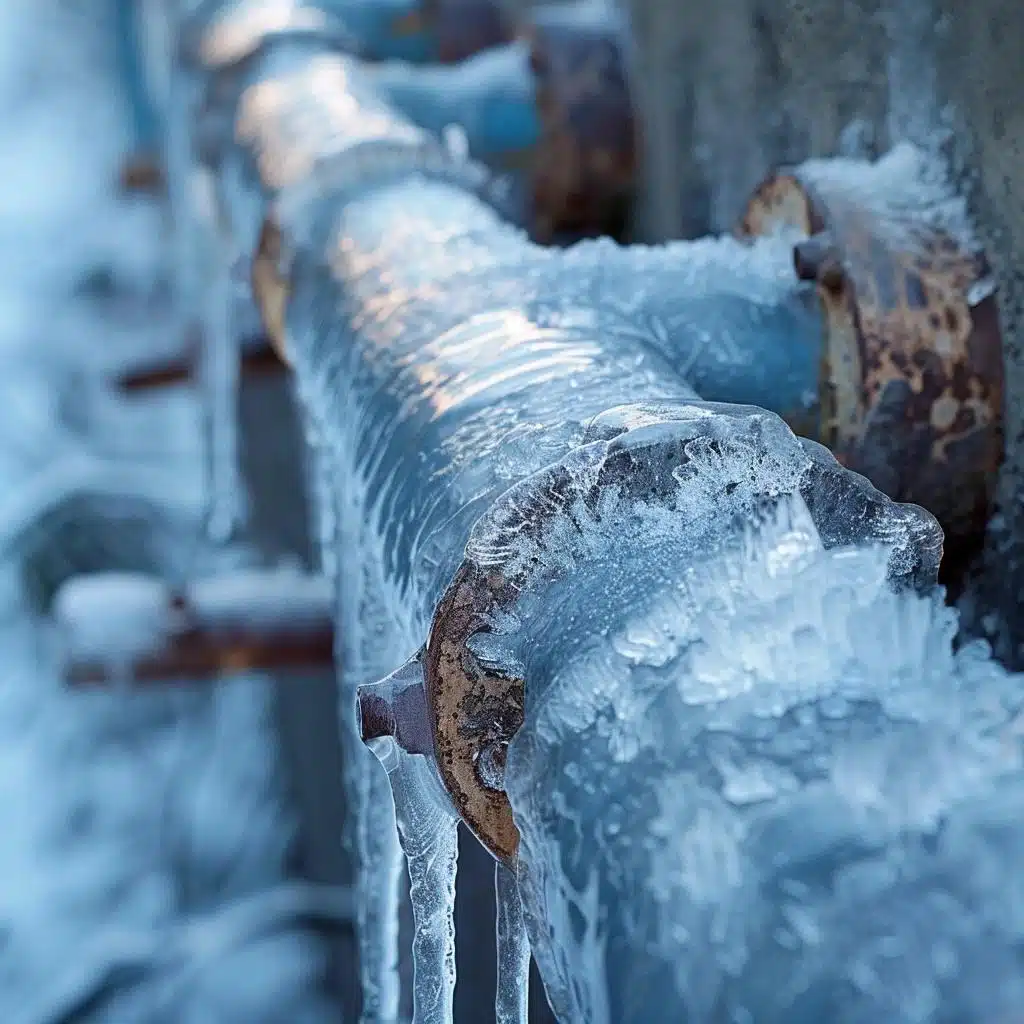Safeguarding Your Pipes from Cold Weather Issues: Key Strategies
Safeguarding Your Pipes from Cold Weather Issues: Key Strategies
Blog Article
We've found this post involving How to prepare your home plumbing for winter weather directly below on the net and think it made good sense to quickly share it with you here.

Cold weather can ruin your pipes, especially by freezing pipelines. Here's just how to prevent it from taking place and what to do if it does.
Introduction
As temperature levels drop, the danger of frozen pipelines rises, possibly bring about costly fixings and water damage. Recognizing just how to stop frozen pipes is critical for home owners in cool environments.
Avoidance Tips
Protecting susceptible pipes
Cover pipes in insulation sleeves or utilize warmth tape to safeguard them from freezing temperatures. Concentrate on pipes in unheated or external locations of the home.
Home heating methods
Maintain interior spaces adequately heated up, especially areas with pipes. Open closet doors to enable cozy air to distribute around pipelines under sinks.
How to identify icy pipelines
Search for lowered water flow from taps, unusual smells or noises from pipes, and noticeable frost on exposed pipes.
Long-Term Solutions
Structural modifications
Take into consideration rerouting pipelines away from exterior walls or unheated areas. Include added insulation to attic rooms, cellars, and crawl spaces.
Updating insulation
Buy high-quality insulation for pipes, attic rooms, and walls. Proper insulation helps maintain consistent temperatures and minimizes the danger of icy pipelines.
Securing Exterior Pipes
Yard tubes and exterior faucets
Separate and drain yard tubes before winter season. Set up frost-proof faucets or cover outdoor faucets with insulated caps.
Understanding Icy Pipes
What causes pipelines to ice up?
Pipes freeze when revealed to temperature levels listed below 32 ° F (0 ° C) for extended periods. As water inside the pipelines freezes, it broadens, putting pressure on the pipe walls and possibly triggering them to break.
Risks and problems
Icy pipes can cause supply of water interruptions, home damages, and pricey repair work. Ruptured pipelines can flood homes and cause substantial architectural damages.
Indicators of Frozen Pipes
Identifying frozen pipes early can prevent them from bursting.
What to Do If Your Pipes Freeze
Immediate actions to take
If you suspect icy pipelines, maintain faucets available to ease pressure as the ice melts. Use a hairdryer or towels taken in warm water to thaw pipelines slowly.
Final thought
Preventing frozen pipelines calls for aggressive steps and fast feedbacks. By comprehending the reasons, indicators, and preventive measures, property owners can secure their plumbing during winter.
5 Ways to Prevent Frozen Pipes
Drain Outdoor Faucets and Disconnect Hoses
First, close the shut-off valve that controls the flow of water in the pipe to your outdoor faucet. Then, head outside to disconnect and drain your hose and open the outdoor faucet to allow the water to completely drain out of the line. Turn off the faucet when done. Finally, head back to the shut-off valve and drain the remaining water inside the pipe into a bucket or container. Additionally, if you have a home irrigation system, you should consider hiring an expert to clear the system of water each year.
Insulate Pipes
One of the best and most cost-effective methods for preventing frozen water pipes is to wrap your pipes with insulation. This is especially important for areas in your home that aren’t exposed to heat, such as an attic. We suggest using foam sleeves, which can typically be found at your local hardware store.
Keep Heat Running at 65
Your pipes are located inside your walls, and the temperature there is much colder than the rest of the house. To prevent your pipes from freezing, The Insurance Information Institute suggests that you keep your home heated to at least 65 degrees, even when traveling. You may want to invest in smart devices that can keep an eye on the temperature in your home while you’re away.
Leave Water Dripping
Moving water — even a small trickle — can prevent ice from forming inside your pipes. When freezing temps are imminent, start a drip of water from all faucets that serve exposed pipes. Leaving a few faucets running will also help relieve pressure inside the pipes and help prevent a rupture if the water inside freezes.
Open Cupboard Doors
Warm your kitchen and bathroom pipes by opening cupboards and vanities. You should also leave your interior doors ajar to help warm air circulate evenly throughout your home.

I came across that blog post on Winter Plumbing Precautions: Preventing Frozen Pipes when looking around the search engines. Sharing is caring. Helping others is fun. Many thanks for taking the time to read it.
Book-Now Report this page